Content Sections
By Meleni Aldridge, executive coordinator and Rob Verkerk PhD, founder, executive & scientific director
All of us at ANH are frequently reminded that communication really is an artform – every week, on a Wednesday! Taking complex problems and pieces of information and communicating them in simple, accessible, but meaningful ways to a large, diverse, audience is an ongoing work in progress.
But talking about our Blueprint for Health System Sustainability has taken the communication challenge to a whole new level. Whilst it may seem a little dry or personally irrelevant because of the language used, it actually speaks to the core of each one of us because it’s about creating optimal, vibrant health and preventing disease. It’s a journey that both Rob and I have been on for many years, and we’re so incredibly excited by its potential to transform the way we all view, approach and manage our health.
We know our communications to date haven’t really focused on the relevance for individuals, so here goes…
But first a short video teaser:
What it isn’t
First off, the health system outlined in the Blueprint doesn’t replace your doctor, the NHS (if you're in the UK) or other primary healthcare facilities. It’s not a healthcare system, which is another way of referring to conventional medical, primary, care. And it’s not just focused on symptom or disease management. It also doesn’t define health in terms of disease labels like type 2 diabetes, heart disease or cancer. And lastly, it doesn’t assume that because you’ve been diagnosed with a disease you will always have that disease and possibly even be defined by it.
What it is
Said most simply, it’s a blueprint for health creation.
Without our health we have a poorer quality of life and are unable to do the things we love, with the people we love, to the level we’d like to. Without health it’s easy to feel like the walls of our lives narrow and reduce our choices. But health can be both complex and misunderstood depending on where you're standing. It means more than the absence of symptoms or the lack of disease. To us at ANH, it’s about reaching optimal health, feeling vibrant, enthusiastic, motivated, able to exercise a range of lifestyle choices and to bounce back from health challenges with a degree of resilience.
We also understand that we have different genetics, environments, upbringing and experience – our own personal ‘ecosystem’ is unique to us. Therefore, our needs are varied and diverse, as are our health requirements. One size most definitely doesn’t fit all. We also like to engage in different therapies and seek support from a diverse range of health professionals that might not be your GP. Unlike the current conventional model, our future health system also needs to be sustainable if it’s to be truly effective and stand the test of time.
The 'blueprint' maps out a community-based, participatory, collaborative health system that is built on ecological and sustainability principles. It puts you - as a citizen, not a patient - in the driving seat of your health. Once large numbers of us become empowered as health creators we can influence the health care systems that provide goods and services to us from the bottom up. As well as that, the blueprint uniquely unites citizens and health-related professionals from all modalities (also referred to as therapies) with one common health language.
>> PARTICIPATORY – puts you in the driving seat
>> COLLABORATIVE – communication using a common language
How?
At the individual level, the Blueprint model optimises performance across 12 domains of health. We call this the Ecological Terrain (see figure below) — achieving balance across all domains is required to harmonise your 'ecosystem'.
![]()
Using this approach, each of us gets to understand how we are going on our respective health creation journey by monitoring our performance across these 12 domains of health. When we look for guidance from our chosen health, fitness or lifestyle professionals, these professionals are able to understand the same language. The professionals, by understanding function across the same 12 domains of our personal ‘ecological terrain’, can in turn help us to perform better over time.
By not being prescriptive about the types of modalities (therapies) that an individual should select, by being inclusive of any that the individual chooses to select, and because it is impossible – for any individual – to accurately know which of multiple factors that influence health are the most important (e.g. diet, lifestyle, sleep quality, response to stress, selected interventions, social connection, life purpose, connection to nature, etc), people will self-select systems that are appropriate to them. Think of it as a natural system that over time self-selects the combination of factors that contribute to the best health outcomes. Most of us have an inkling of what we need when we're ailing, but we're so used to being dictated to when it comes to our health, that we often put our own knowing aside.
A 'natural selection' system
In terms of monitoring, this also allows for Comparative Effectiveness Research (CER) to take place – where overall outcomes related to different health ‘ecosystems’ can be compared. Call it a form of natural selection that selects for effective combinations of factors. What’s more, it’s exactly how nature works and makes its own biological and ecological selections.
Moving on to the second tier of the model, the Hallmarks of Sustainability, when the individual selects healthcare systems (notably delivery systems for healthcare goods and services) they should select those systems that meet the criteria proposed in the 10 hallmarks of sustainability (below). This process facilitates bottom-up selection pressure for systems that both create health and are more sustainable. Plus, it puts us all (instead of big corporates) back in the driving seat again and allows citizens to drive the change that has to happen if we’re to take ourselves and our planet back from the brink of disaster.
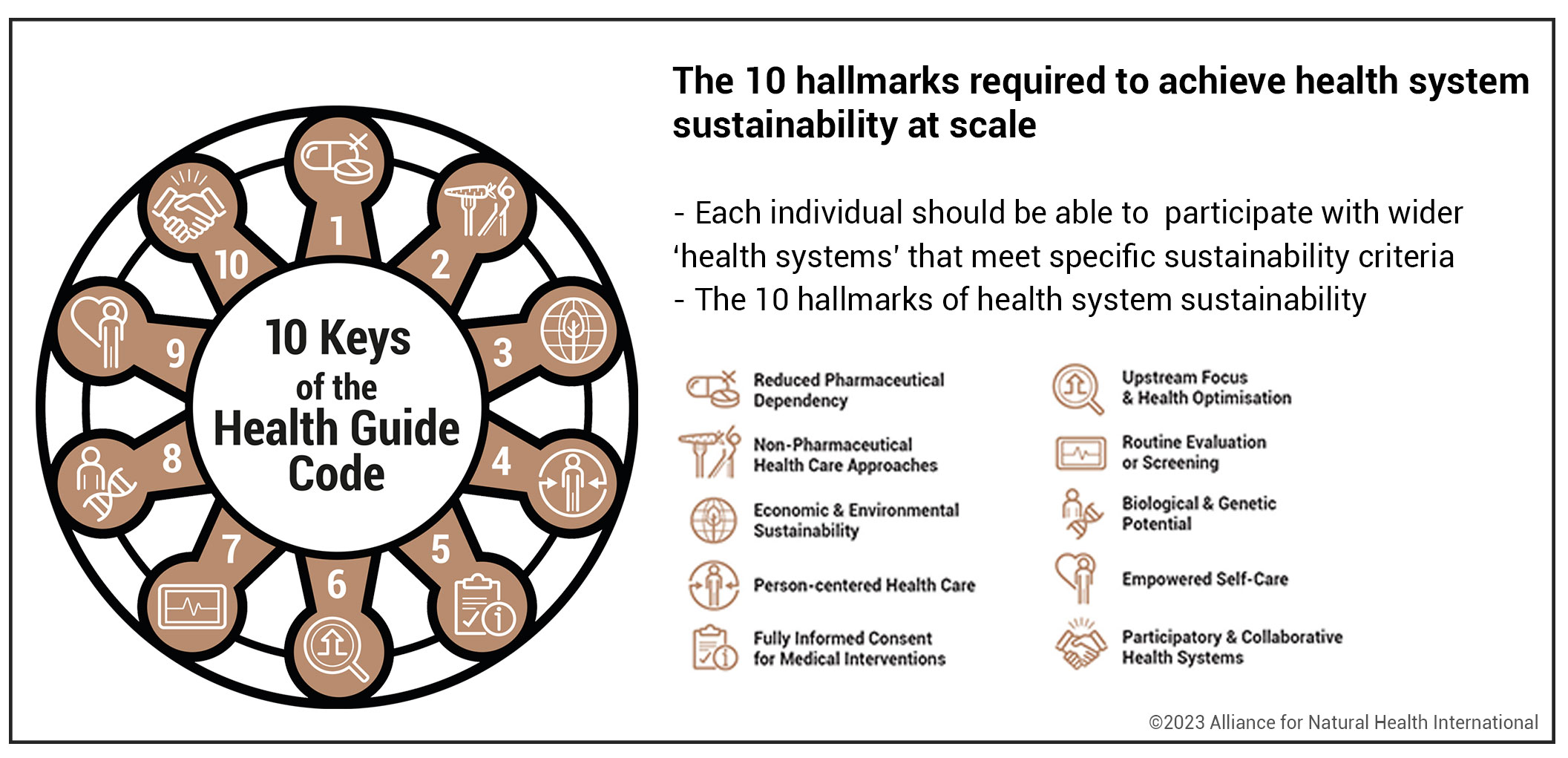
Creating change from the bottom up
The blueprint concept is not about being prescriptive (or dictatorial) about specific therapies (modalities). It’s about being as upstream as possible, which means looking to prevent health challenges earlier on in your life or looking at the cause of your problem(s) to prevent them worsening or returning. It also means having a unified model for assessing health across multiple domains and then allowing natural selection to take its course. At the moment, health is still widely seen in a very reductionist (limited) context. People routinely argue over the primary determinants of health – is it for example diet, the relative amounts of macronutrients, the fats, the salt, the sugars – or is it the amount of activity we take, how we cope with stress or lack of life purpose, etc. that are the primary determinants of health?
In conventional medicine there is an obsession over the role of drugs, whether positive or negative, this often eclipses the extraordinary work the body does in its effort to try to establish some kind of equilibrium – while simultaneously coping with the assault/toxicity of the drug itself. It’s of course so much more complex than that – and we should never pretend to know all the answers. However, what is beginning to emerge is that there are certain common associations. For example, healthy behaviours are often associated with each other, as are unhealthy ones.
The blueprint’s evaluation approach will ultimately allow different associations of behaviours to be compared and then selected. This process allows 'healthy ecosystems' to be self-selected over time – and there is an ever increasing amount of data to suggest that healthy ecosystems, such as those found in blue zone communities, that are harmonious with our evolutionary backgrounds work. If the data prove this right, then we may well expect better outcomes among those who work with nature, rather than against it.
Please share this article and sign up for our weekly newsletter from our homepage.
IMPORTANT NOTE:
We've been notified today that our ad account that has allowed us to promote posts on Facebook and Instagram has been permanently blocked by Facebook with no reasons being given and no possibility of appeal. We therefore need to rely on our readers to help to share our posts with as many people as possible. If you've read this piece and support its general thrust, please forward it to as many of your contacts as you can without delay. Together we can make positive change - even in an increasingly censored society.




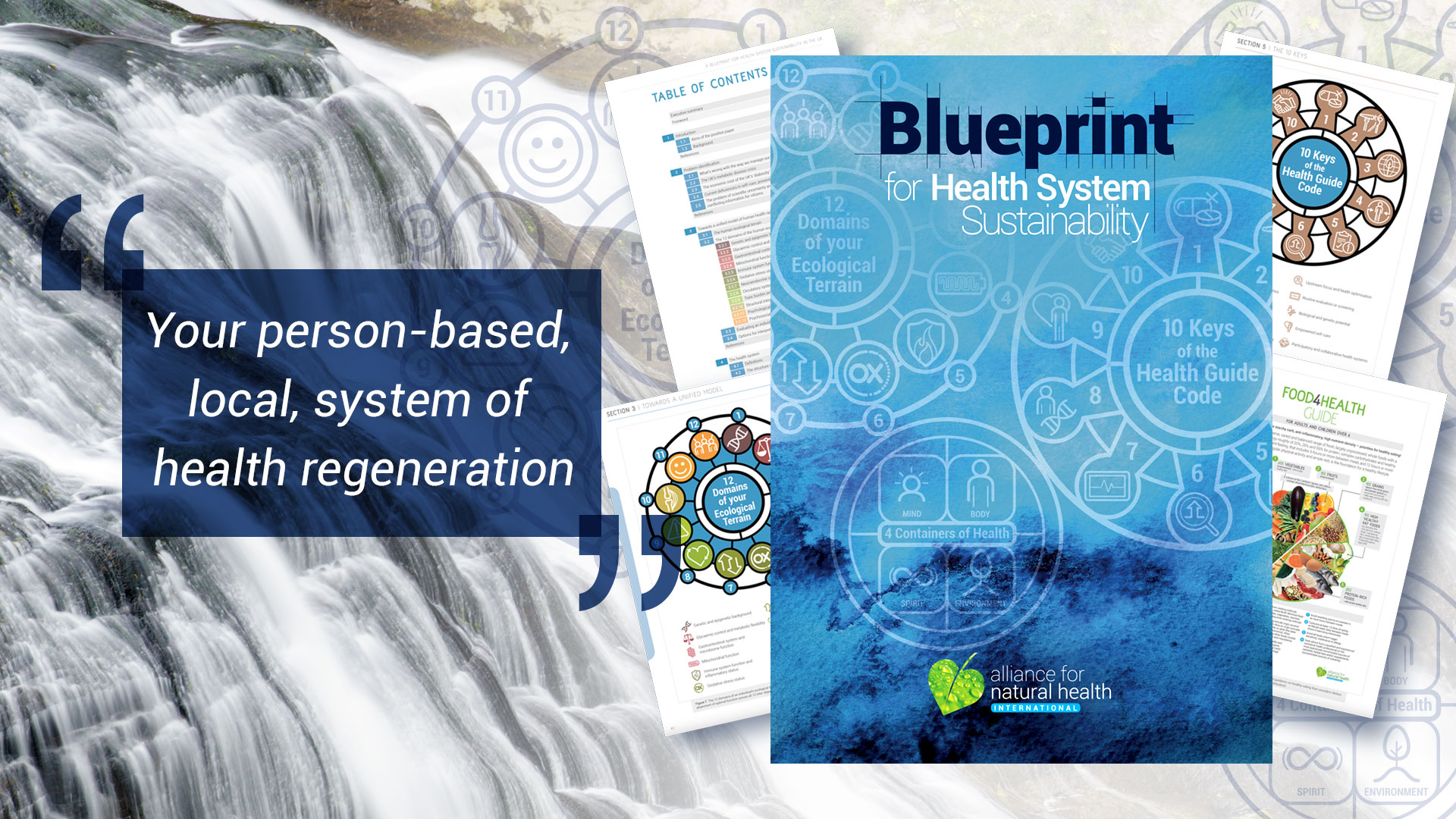
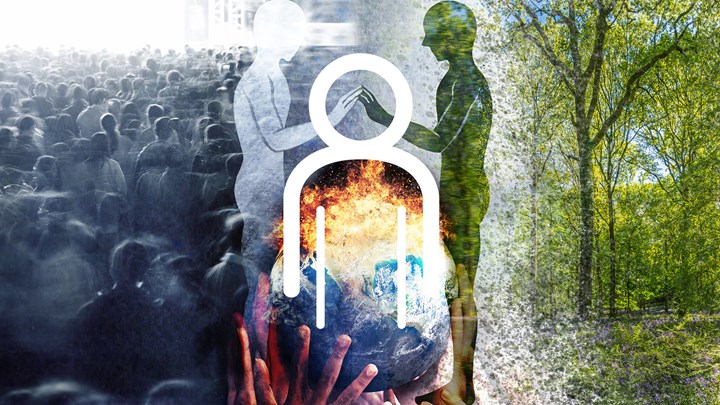
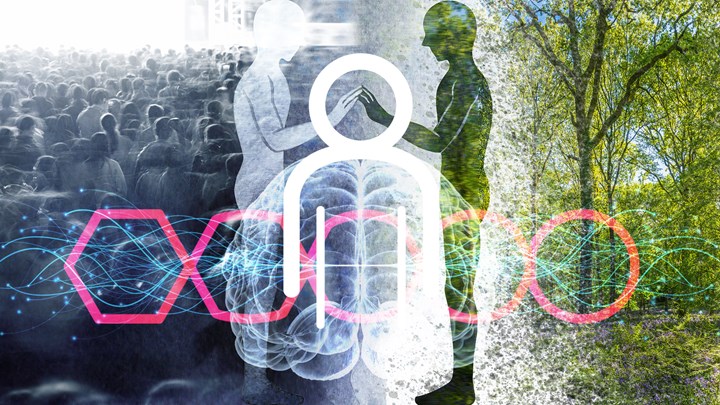
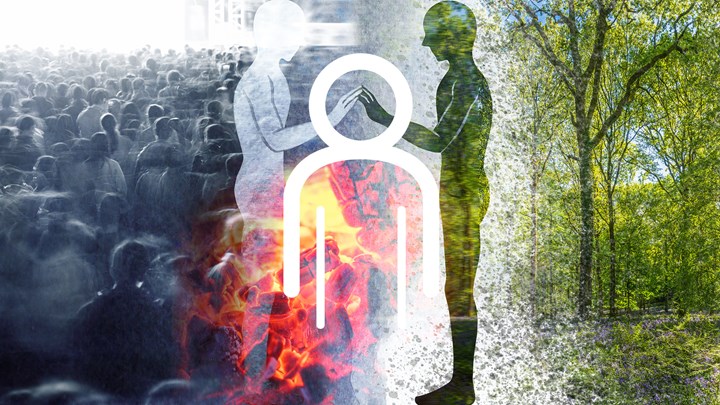
Comments
your voice counts
09 May 2019 at 12:50 pm
One of the ways I see a fundamental error protected from correction is the weaponising and marketising of any new insight or perspective as the subversion of a Living Movement to a systemic control mentality.
The costs of the 'control mentality' are the symptoms of sickness, that then 'drive' the agenda of a negative economy.
The generation of a captured opposition is the 'sustainability' of a system of control by means of exacting allegiance and compliance - while undermining challenge of opposition - not least by claiming the 'territory' of 'CARING' in the creation NOT of health but of its language and definition.
The underlying 'post-truth' politic is the use of persuasions and 'incentives' to engineer consensus.
This IS the switching of allegiance from relational honesty to systemic identity.
Regardless the content of any communication, I urge discernment as to its methods and targeted fears.
Anything that targets our fear in appeal for acceptance is a salesman with a private agenda. This does not invalidate them, or all of what they say - but it is a conscious alert ness against being 'friended' or 'liked' into a phishing ruse by which identity theft operates through a systemic replacement.
The 'ego' MUST frame the New into its own thinking because that is ITS function. YOU do not have any such constraint because Your function is to behold all things New and see that they are Good. Or in modern parlance, to recognize and share in wholeness of being - regardless of the conditional and conditioned mind of reaction. It is a willingness and not an act of will seeking IMPACT.
Letting Life in rather than presuming to create Life in our own image.
It is true that the Creative extends through our willingness - but the moment we take this as our own power is the usurpation of consent by a tyrannous and blind dictate. THAT we forget is ongoingly evident. Willingness for Life is a change of heart - or rather a bringing of the mind to an honestly felt quality of wholeness instead of seeking to run off with the role of Lord Protector - and believe it!
Let Life abide and become in you. Don't abort the movement for an old Herodian conditioning pattern.
This means accepting love's wholeness through the willingness to share it. This moment is all that is needed to realign in health and wholeness - by Letting - which is always some form of getting out of our own way or trying to DO Life's function as a sense of control.
Don't just DO something - stand there - in willingness to receive of a different purpose than set by fears and self-deceits. Wholeness is connected and at rest in itself - even as a dynamic expression of active endeavour. Do not get in the way - will not be effective because it focuses in the negative. Do only as the way unfolds or aligns - which means you are listening, on purpose and trusting the timing of each step as part of a whole that is IN each step - even if the framing of the mind-in-the-world cannot yet see or appreciate this yet.
The attunement to discernment is the translation medium of all 'tongues'.
The belief that others are stupid or unable to understand is the resort to 'change' them 'for their own good'.
This is very dangerous thinking to anyone tempted to accept it by acting it out.
Rather, learn toe READ the situation through a true discernment. What obstructs such a gift but our own conditioned thinking - and therefore what is the situation but an opportunity to accept healing for ourselves instead of fixating on errors seen outside us and attempting to resolve our conflict 'outside' ourself.
A key understanding is that everyone involved is both teacher and learner. The professionalisation to models of 'health' seeks to change the patient to 'help' them. The patient seeks to maintain evasion of relational conflicts set in external terms without distressing consequence. The agreement to physical causation is a mutual evasion that goes back millennia - as a displacement and re-enactment of power-struggle in and upon the body. Because this is such a deep conditioning, it is invisible and presumed to be self-evident reality - beyond rational challenge or question.
The program of the seemingly escaped sense of dis-embodied self-separateness is 'what's in it for me?'
This works a LACK-based sense of self against any alignment in wholeness. It works backwards in a world that has learned to think backwards by assigning Cause to effects - and WANTING it there. And attacking it there.
Discernment uncovers what is truly yours to give and receive without taking from another or dumping on them in attempt to use them lovelessly - for what we can get from them or get rid of on them.
So discernment brings the loveless INTO awareness for healing - by better choosing. Whereas the systemic manipulation of our psychic-emotional experience works to keep the loveless HIDDEN so as to make its persistence sustainable. This on surface, feels better - but at cost of denying our consciousness for a superficial substitute for life - RUN by fear.
By the way - I speak to your intuitive stirring - not to set your mind. The capacity of a direct and simple curiosity is the power to ask and be answered. Life is NOT a system to manipulate (without thus being manipulated), but has relational integrity LIKE what we identify as systems being of unified and unifying purpose. But the framework of the body presumes a closed system in its own spatial timeline. This is a very limiting and distorting focus - and brings corresponding results.
You are integrally in and of Life - which is BIGGER than anything we can model or conceive of. And so is your brother - who is brother BECAUSE of sharing Life - and not because he or she supports or agrees with your sense of how anything should be.
The term 'broad spectrum dominance' is often used militarily with regard to every other vector of influence being weaponised. It is a broad spectrum subjection to a corrupted idea of power.
The mind can be a true servant or a deceiver operating a secret service. How willing are we to relate without coercion or deceit? Not at all if we do not even recognise it in ourselves! But only in the context of a desire to heal - and no more as the sustaining of a blame economy or mindset. Responsibility is where freedom wakes the heart of a truly shared moment - and movement of being.
Your voice counts
We welcome your comments and are very interested in your point of view, but we ask that you keep them relevant to the article, that they be civil and without commercial links. All comments are moderated prior to being published. We reserve the right to edit or not publish comments that we consider abusive or offensive.
There is extra content here from a third party provider. You will be unable to see this content unless you agree to allow Content Cookies. Cookie Preferences